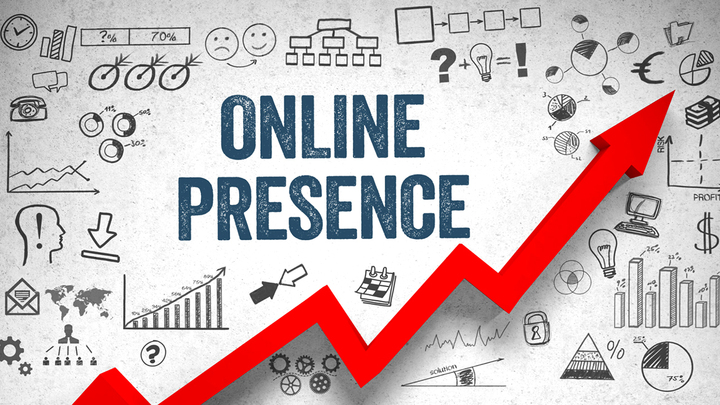In the bustling realm of the internet, where millions of websites jostle for attention, standing out amidst the digital crowd can be a daunting task. However, there are two key pillars that can significantly boost your website’s visibility and appeal: Search Engine Optimization (SEO) and user-friendliness. Integrating these elements effectively can not only improve your website’s rankings on search engine results pages but also enhance the overall user experience. So, let’s delve into the strategies to make your website both SEO and user-friendly.
Understanding SEO:
Search Engine Optimization is the process of optimizing your website to increase its visibility on search engine results pages (SERPs). Here’s how you can make your website SEO-friendly:
1. Keyword Research:
Identify relevant keywords and phrases that your target audience is likely to search for. Tools like Google Keyword Planner and SEMrush can help you discover high-traffic keywords related to your niche.
2. On-Page Optimization:
Optimize your website’s title tags, meta descriptions, headings, and content with targeted keywords. Ensure that your content is informative, engaging, and relevant to your audience’s needs.
3. Mobile Optimization:
With the increasing use of smartphones, optimizing your website for mobile devices is imperative. Google prioritizes mobile-friendly websites in its search rankings, so make sure your site is responsive and loads quickly on mobile devices.
4. Quality Content:
Create high-quality, original content that provides value to your audience. Regularly update your website with fresh content to keep visitors engaged and encourage them to return.
Enhancing User-Friendliness:
A user-friendly website is essential for providing visitors with a positive browsing experience. Here’s how you can improve the user-friendliness of your website:
1. Intuitive Navigation:
Ensure that your website’s navigation is clear and intuitive, allowing users to easily find the information they’re looking for. Organize your content into logical categories and use descriptive labels for menu items.
2. Fast Loading Speed:
A slow-loading website can frustrate users and lead to high bounce rates. Optimize your website’s performance by minimizing HTTP requests, optimizing images, and leveraging browser caching.
3. Clear Call-to-Actions (CTAs):
Guide users through your website with clear and prominent call-to-action buttons. Whether it’s signing up for a newsletter, making a purchase, or contacting you, CTAs should be easily accessible and compelling.
4. Engaging Multimedia:
Incorporate multimedia elements such as images, videos, and infographics to enhance the visual appeal of your website. Visual content not only makes your website more engaging but also helps convey information more effectively.
By implementing these strategies, you can create a website that not only ranks well on search engines but also provides a seamless and enjoyable experience for your visitors. Remember, the key is to prioritize both SEO and user-friendliness to maximize the effectiveness of your online presence.









